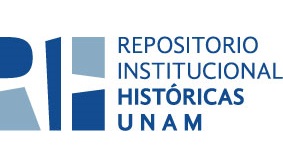The Bourbon-Era Mission Reform
Resumen
After the Spanish colonized California in 1769, Franciscans from the Apostolic College of San Fernando (Mexico City) established missions but implemented a new model to more rapidly integrate indigenous populations into colonial society as per the expectations of royal officials. The indigenous populations were to be congregated on mission communities organized on the grid plan and were to live in European-style housing. This article examines the reform of missions in the Sierra Gorda, Baja California, on the ex-Jesuit missions among the Guarani in South America, and then those in California among the Chumash. It analyzes the process of congregation and the mission urban plan, resistance, and demographic collapse resulting from congregation.
Cómo citar
Jackson, Robert H.. "The Bourbon-Era Mission Reform". Estudios de Historia Novohispana, 65 (2021): 13-53. Edición digital en PDF. Disponible en https://doi.org/10.22201/iih.24486922e.2021.65.76411, Disponible en Repositorio Institucional Históricas-UNAM, http://hdl.handle.net/20.500.12525/6197Consulte el texto completo
Acceder al recursoConsulte el número/libro completo
https://ru.historicas.unam.mx/handle/20.500.12525/5054Aparece en las colecciones
Excepto si se señala otra cosa, la licencia del ítem se describe como http://creativecommons.org/licenses/by-nc-sa/4.0




